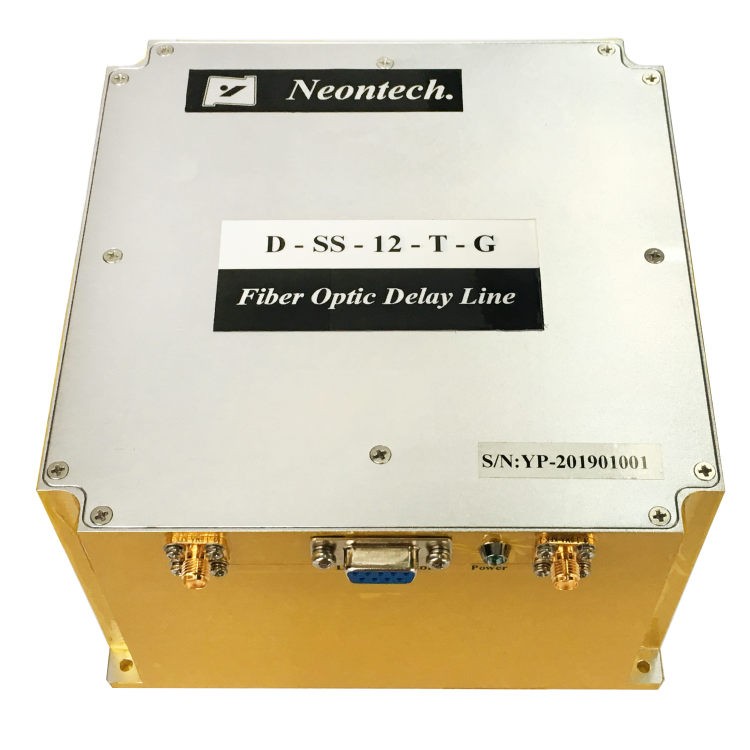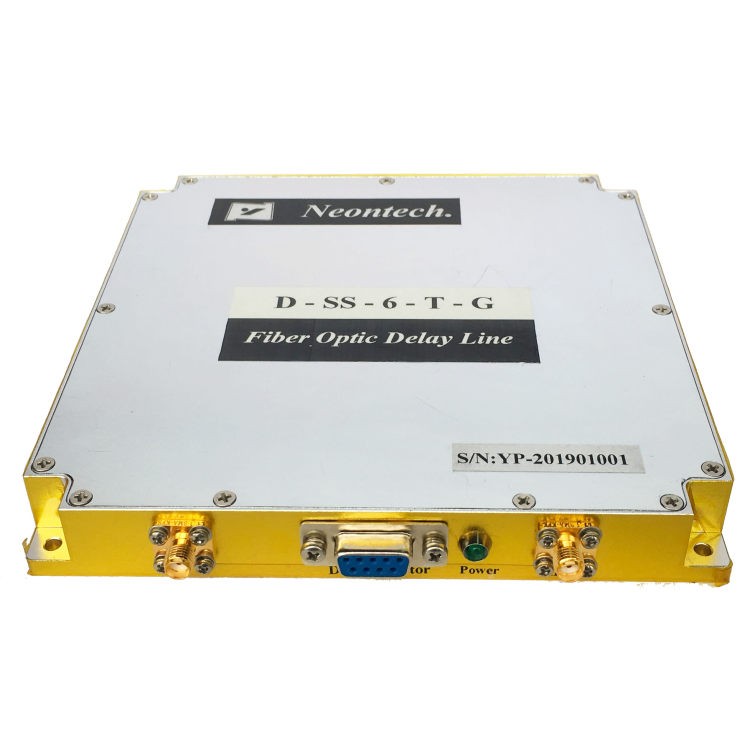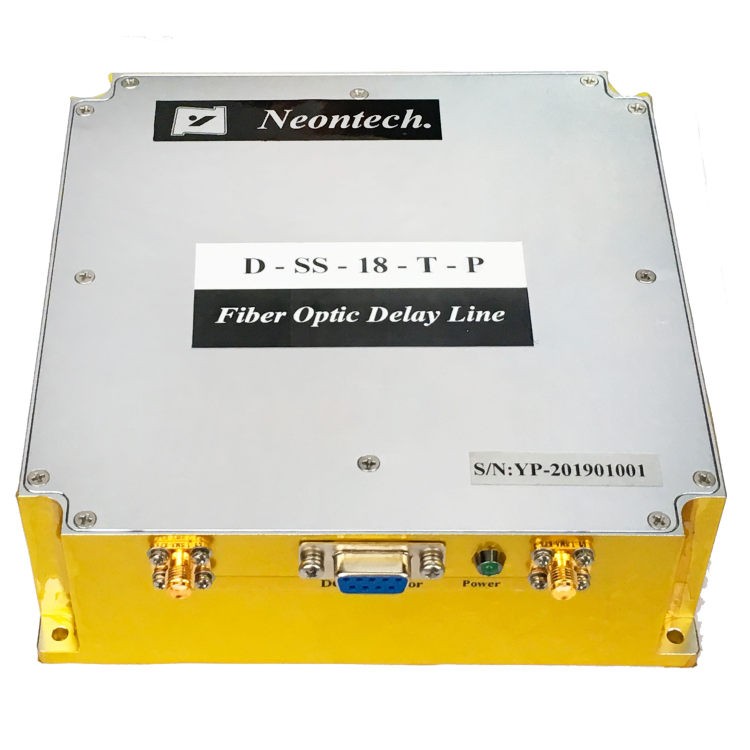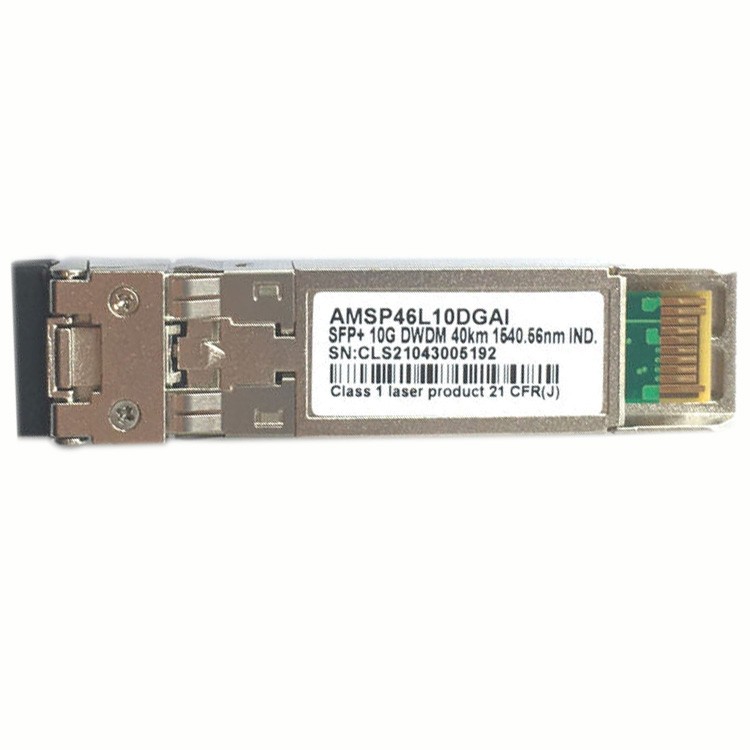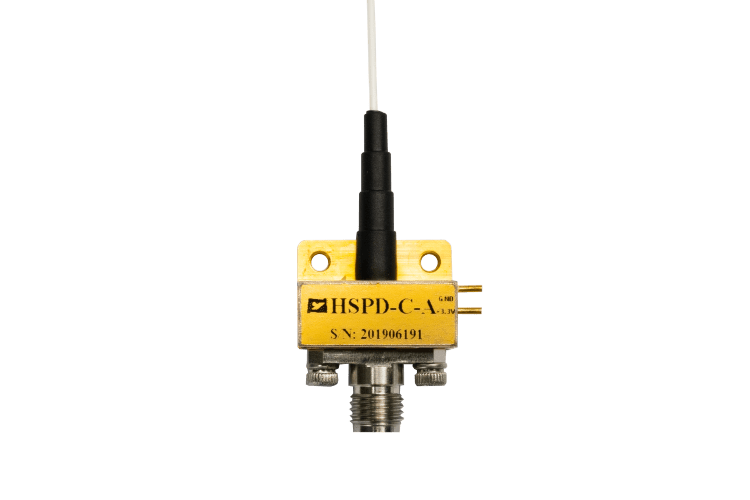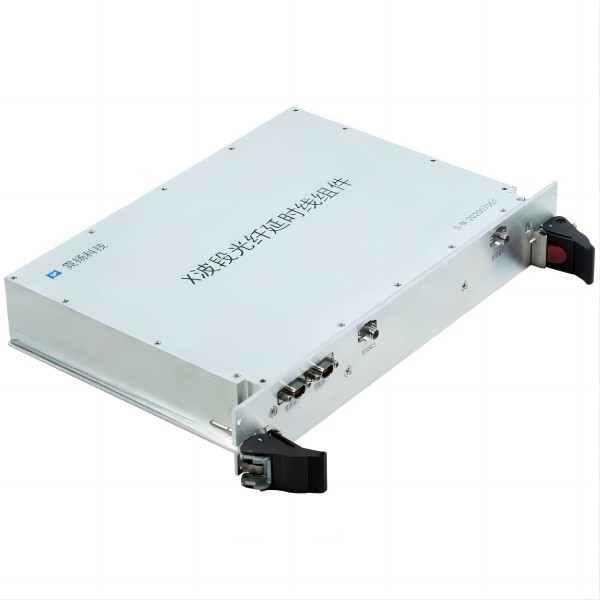Exploring the Optical Simulator: Optical Fiber Delay Line
Optical simulators are a critical tool in the design and testing of optical systems, enabling researchers and engineers to study the behavior of light in different scenarios. One of the most common types of optical simulators is the optical fiber delay line, which uses a length of optical fiber to simulate the propagation time of light in optical systems.
In this article, we will explore the principle of operation of an optical fiber delay line, its applications, and future developments in the field.
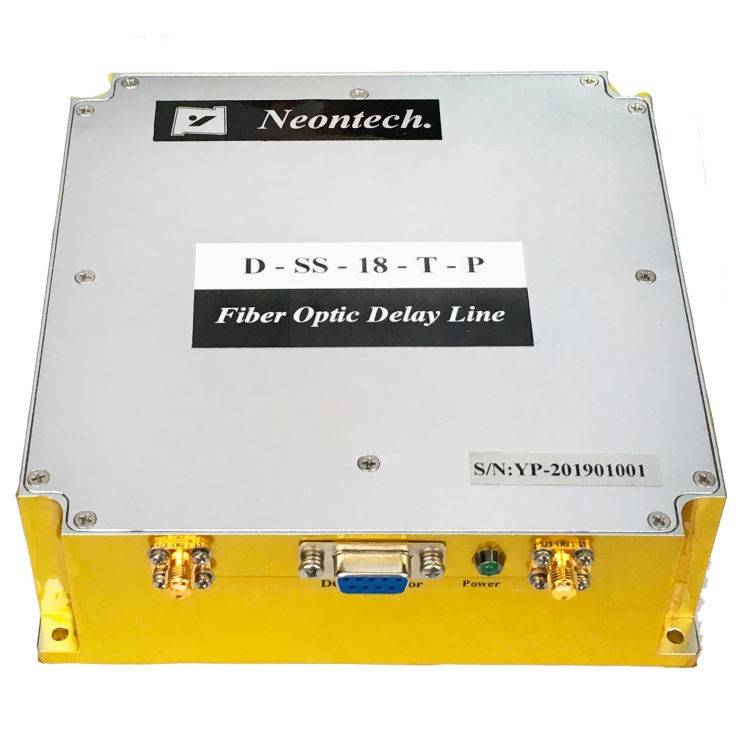
Principle of Operation
The basic principle of an optical fiber delay line is to use a length of optical fiber to delay the transmission of light signals. When light is transmitted through an optical fiber, it travels at a speed that is determined by the refractive index of the fiber and the frequency of the light. By varying the length of the fiber, the delay time can be adjusted, allowing the simulation of different propagation times and dispersion effects that occur in real optical systems.
The delay time of an optical fiber delay line depends on several factors, including the length of the fiber, the refractive index of the fiber, and the wavelength of the light being transmitted. In general, longer fibers will result in longer delay times, while shorter fibers will result in shorter delay times. Additionally, fibers with higher refractive indices will result in slower light propagation and longer delay times.
Applications
Optical fiber delay lines have a wide range of applications in optical communication systems, photonics research, and radar systems. In optical communication systems, they are used to simulate the dispersion and attenuation effects that occur in long-distance fiber optic transmission. This is particularly important for high-speed data transmission, where signal distortion can limit the maximum achievable data rate.
In photonics research, optical fiber delay lines are used to study the behavior of light in different materials and structures. They can be used to simulate the propagation of light through complex optical networks, enabling researchers to optimize the performance of these systems.
In radar systems, optical fiber delay lines can be used to simulate the propagation of radar signals in free space. This can be useful for testing the performance of radar systems in different environments, such as in the presence of atmospheric turbulence or in the presence of obstacles.
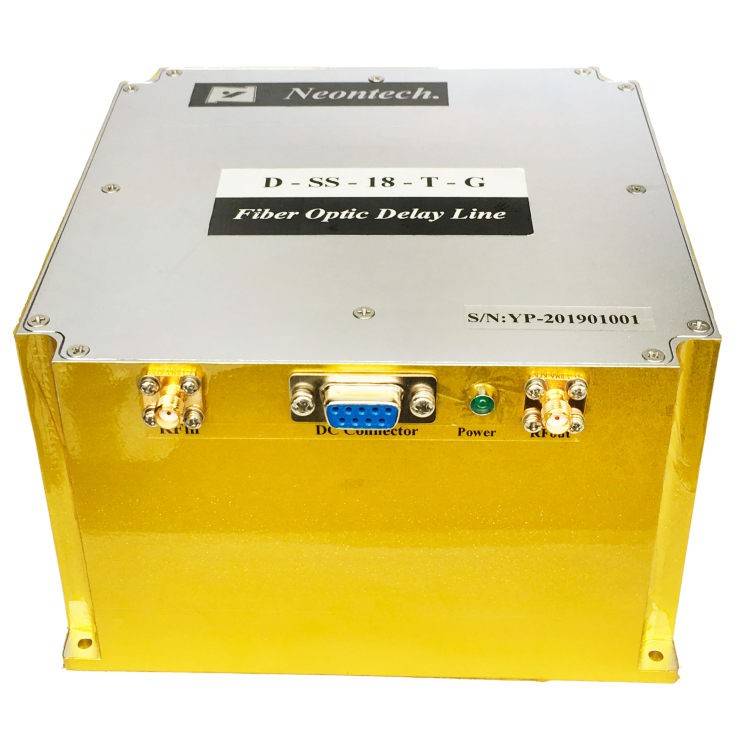
Future Developments
In recent years, there has been a growing interest in the development of new types of optical simulators, including those based on metamaterials and other advanced materials. These simulators are designed to mimic the behavior of light in different materials and structures, providing a more accurate and comprehensive simulation of optical systems.
Additionally, there is ongoing research into the development of new types of optical fibers that can be used to simulate a wider range of optical phenomena. For example, researchers have developed fibers that can simulate the effects of nonlinearity, enabling the simulation of complex optical networks with high accuracy.
Conclusion
As the field of optics continues to advance, it is likely that we will see the development of new and more advanced types of optical simulators, including those based on metamaterials and other advanced materials. These simulators have the potential to provide a more comprehensive and accurate simulation of optical systems, enabling researchers to optimize the performance of these systems in a wider range of scenarios.
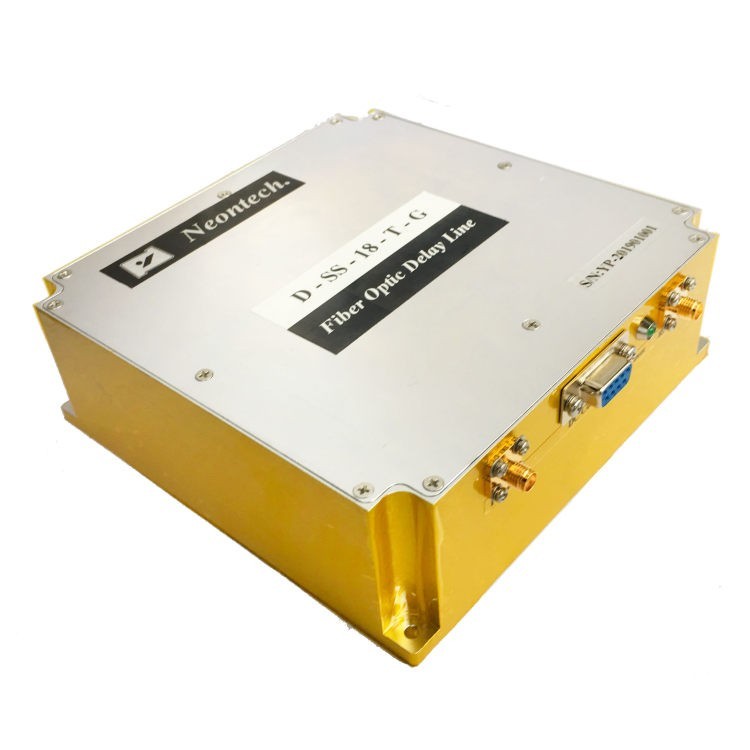
In conclusion, optical fiber delay lines are a critical tool in the design and testing of optical systems, providing a simple and effective way to simulate the propagation time of light in a variety of scenarios. As the field of optics continues to advance, it is likely that we will see the development of new and more advanced types of optical simulators, further expanding the capabilities of researchers and engineers in this field.


